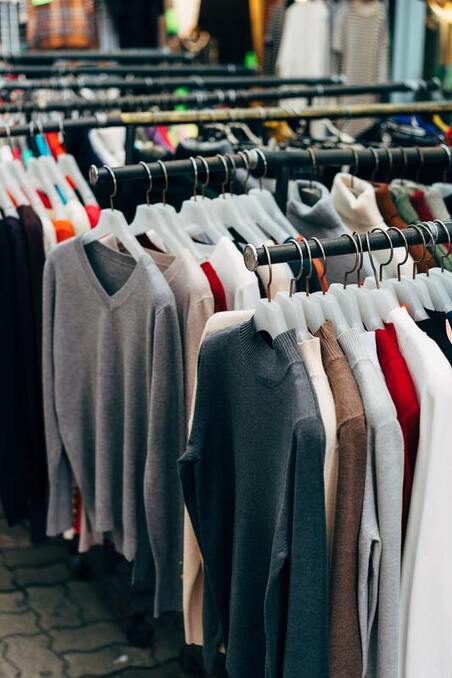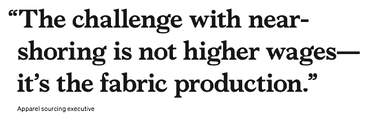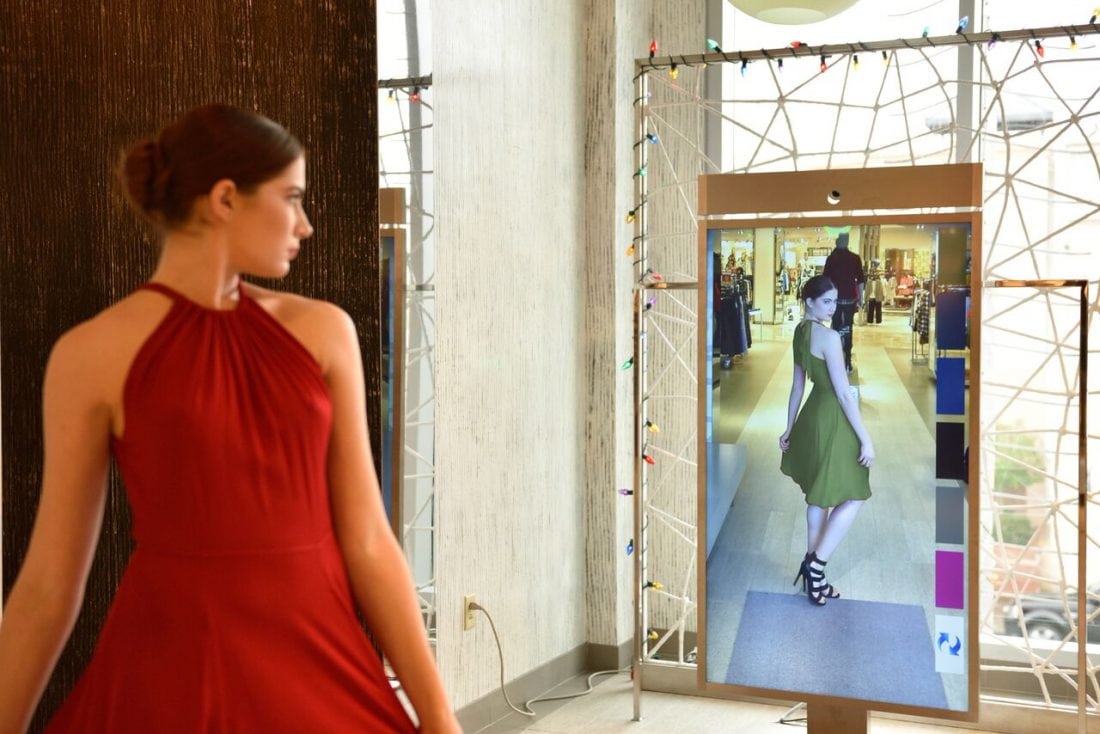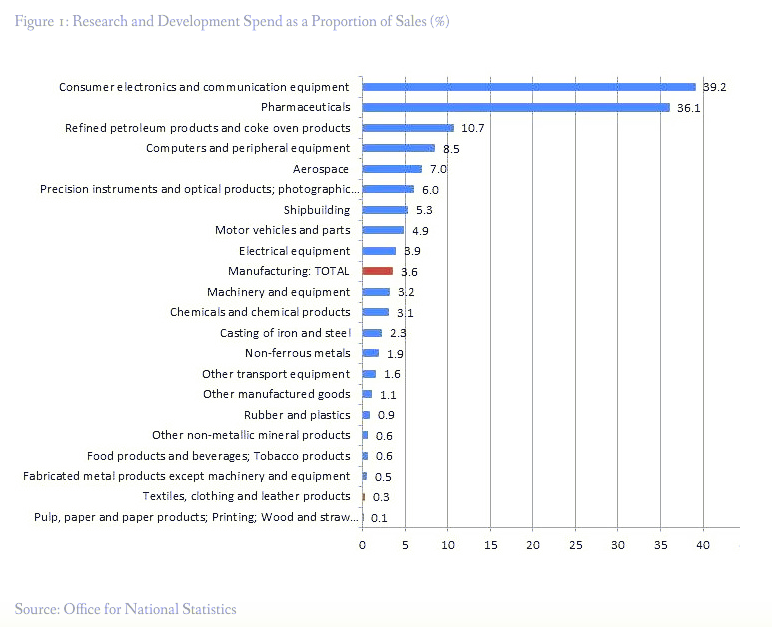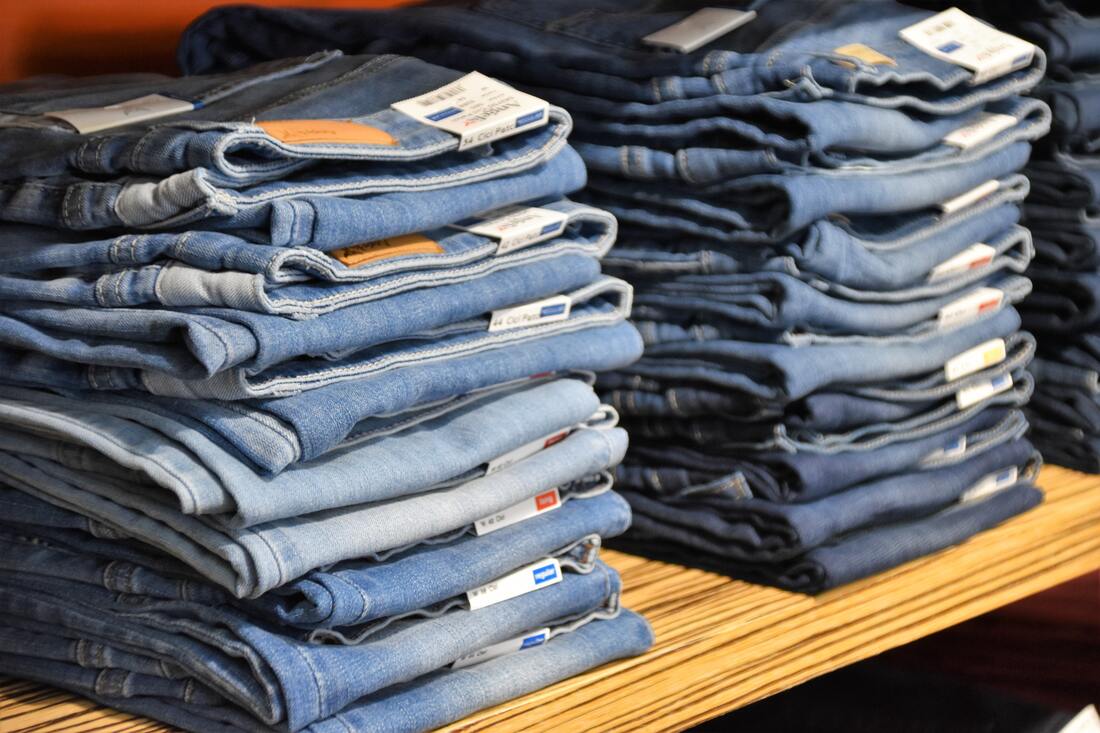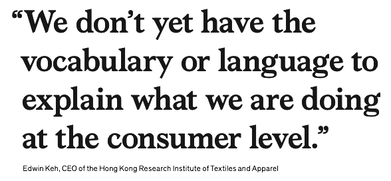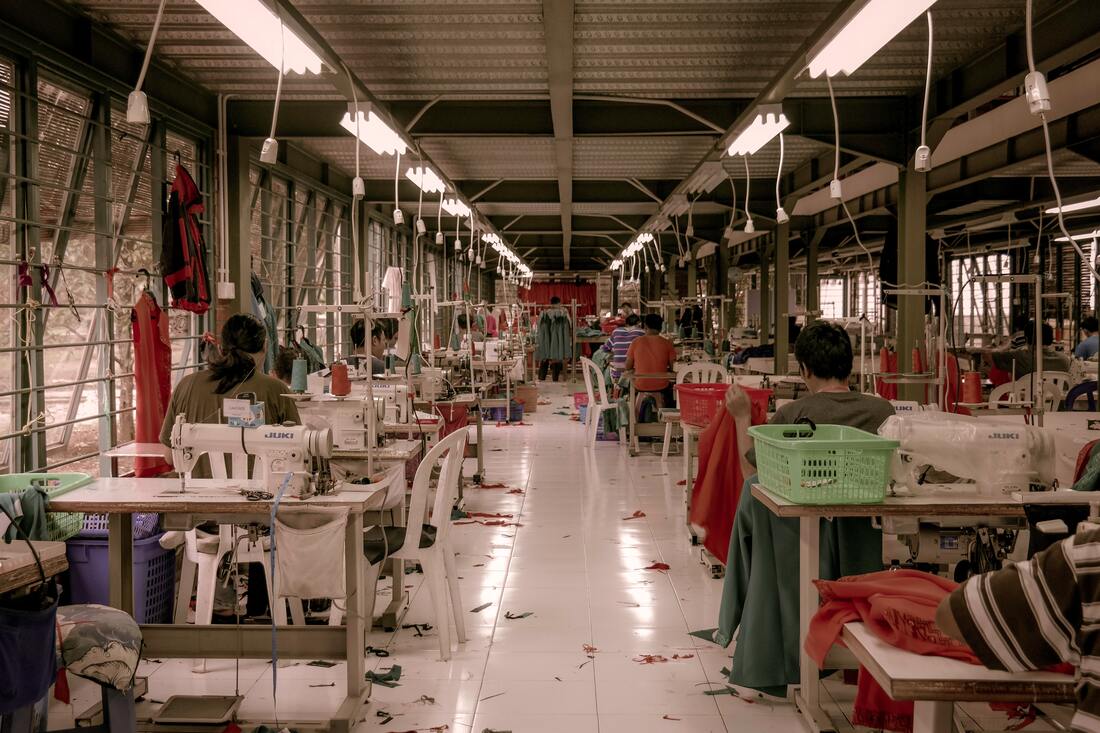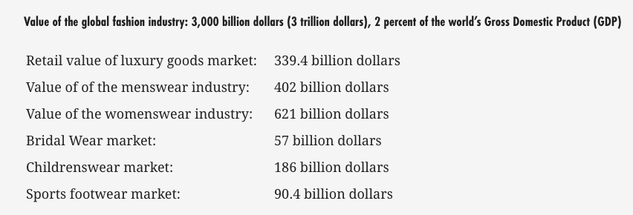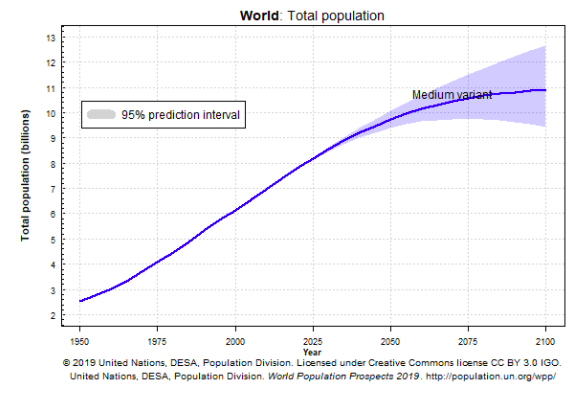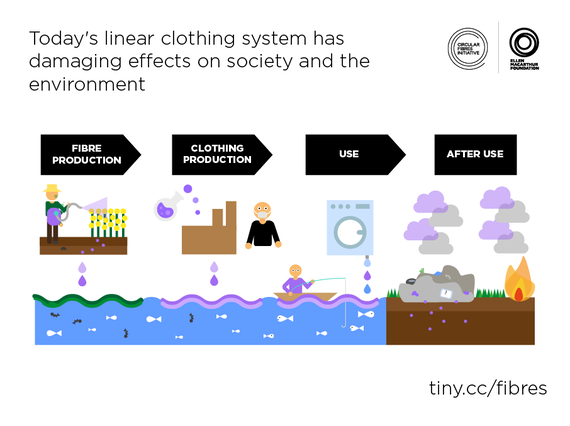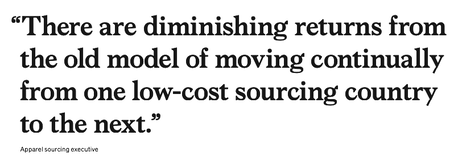|
25/5/2021 What's Eating Fashion Today? 4 Macrotrends and Industry Insights - Part 4: Purchasing ModelRead NowThis article is part of a series of deconstructing a massive global industry into areas for disruption on the road to #sustainability, by spotlighting 4 macrotrends in fashion's supply chain that we can tackle, right now. Part 4 of 4 800 words; 4 min read. Thanks for sticking with us this far. Today’s post focuses on fashion’s purchasing model, that more than ever, is completely ripe for disruption.
When exploring the biggest threat facing brand sourcing executives today, security of supply and trade is big external factor that has been quoted as having an effect on a brand’s ability to function well. There needs to be a complete reinventing of planning, negotiation and order placement in fashion. The current system of purchasing is unsustainable in today’s mode of supply and demand volatility. Current challenges include:
We know there’s inequality in fashion’s supply chain in waste management. A better model of purchasing could really welcome in a new era of more sustainable way of production. Here are some ideas that are making noise in the industry, and should be followed through sooner, rather than later:
In addition, some of the more ideas that seem a bit crazy to ‘traditionalists’ in fashion now, won’t seem so crazy in the future. So we should start looking at opportunities to realise this, now:
If you’ve been to any of my talks or hear me speak on this topic, you’ll know I feel strongly about fashion lagging in innovation due to the fact they haven’t ‘opened’ their selves up to others ‘unlike’ them. One of the benefits of being a regulated industry is the fact that it is a forcing function to self-innovate. Fashion, not being regulated, has been slow in the uptake of sustainability and hence their ‘sustainability street cred’ is now just getting more traction. It’s definitely starting to change now. But how’s this as an idea: can fashion purposely look to employ cross-industry personnel, maybe more environmental engineers like me? :) Technology and R&D, apart from being crucial to efficiencies in product design, can also help fashion bridge the old and the new way of functioning. The use of integrated AI (artificial intelligence) for example can realise improvements in demand-focused merchandise planning. The integration of customer insights along the supply chain in real time will enhance the planning and delivery of products, as well as continually eliminate and reduce wastage. Fashion is known for busting at the seams with creativity, using insights to make beautiful and functional clothing, from a world full of imagination. What if put in the same amount of flair to making dreams happen in a transformative way, giving ourselves constraints to deliver a more sustainable industry? Can we challenge ourselves to make this possible? In summary What’s eating fashion today is really a reminder that these opportunities in fashion are so obvious and current in shaping the future landscape of the industry – these are key to the viability of so many players along the supply chain that the cost of inaction will surely be disastrous for many. Those brands who act early to remodel the way they operate will pave the way to a successful customer base and social, economic and environmental impact whereas the ones who don’t will be left behind. As Edwin Keh, CEO of the Hong Kong Research Institute of Textiles and Apparel has said, “There is no silver bullet; rather, there will be a combination of a lot of small innovations and a few radical changes.” This ability to be nimble and embrace change on a micro level on a continuous basis will determine survivability in the big picture of fashion’s evolution. And that's it for May's four-part series! I appreciate you being so attentive and if you did enjoy the read, please do share this onto your networks!
Missed out on last week's post? Check out Part 3 of the series here. Join us in our Slow Fashion movement with the hashtags #ConscientiousFashionista and #wardrobetruths on Instagram, and follow us at @fashinfidelity. Tags: #sustainability #fashion #fashionsupplychain #supplychain #circularity #ethicalfashion #sustainablefashion #conscientiousfashionista #fastfashion #slowfashion #wardrobetruths #fashioneducation #fashion #fashinfidelity
2 Comments
18/5/2021 What's Eating Fashion Today? 4 Macrotrends and Industry Insights - Part 3: Technology and R&DRead NowThis article is part of a series of deconstructing a massive global industry into areas for disruption on the road to #sustainability, by spotlighting 4 macrotrends in fashion's supply chain that we can tackle, right now. Part 3 of 4 895 words; 4 min read. Problem no. 3: Technology and R&D If you’ve been following this series on 4 macrotrends that’s affecting fashion, you’d know by now that fashion has always had a hard time dealing with demand volatility and in today’s market, there’s extra pressures on getting radical transparency right, because this adds to consumer demand. Try to imagine this fact for a moment: the way we make clothes hasn’t really changed much in more than a century. We still grow cotton, pick them, turn them into yarn, then textile… and with the exception of mechanised ways to do this, the whole process remains the same. The same goes for the way we recycle them. Of course, in the last few decades we’ve introduced synthetics into the textiles mix (which trace back all the way to the discovery of nylon and the pantyhose, if you must know), and technology has enabled us to make yarns quicker, our looms more intricate, and our weaves stronger. This has made our runners run faster, our athletes break their sweats better, and warmth, coolness, aesthetics, and comfort achieved at many differing price points to suit all sorts of consumers. What’s been missing in this ‘chase’ to ‘democratise’ fashion to the masses is the element of circularity and end-of-life thinking. Hence, recycling fibres at scale is, to this day, non-existent. How’s this for a fact? Fashion, textiles and apparel, with all the successes that’s come from the last 30 or so years since the age of internet industrialisation, has spent less than 1% (according to this UK statistic) of net sales, back into R&D – research and development. That is abysmal! Compare this to the proportion of net sales being pumped in to R&D in other industries – consumer electronics and communication equipment at 39%, pharmaceuticals at 36%, refined petroleum and coke products at 10%. Even motor vehicles and parts and chemicals and chemical products fare better, at 4.9% and 3.1% respectively. If you try to research this figure to get more up-to-date info, textile’s R&D spend might have improved a little bit (not that this information is easily found), but this just goes to show how behind fashion is in improving its sector. Fashion has always been a very laborious industry. Ask yourselves this: how many hands had touched your clothing before you? Point in case: ‘whiskering’, or the act of ‘fading’ certain areas of your jeans to make them look worn, are done by hand. Yes, one by one, each pair, gets a human-operated treatment. (Not to mention the stages prior or after.) Do you think it’s time some modernisation can happen throughout this process?
Going back to end-of-life in mind, and longevity and durability, could clothing have functions more than making you look good? Could apparel be multi-functional, to provide you warmth, or cool you down, depending on the weather, charge your mobile phone, and warn you when pollen levels are rising in the air? Technology can not only make apparel’s functions more effective, but purposeful, as well. And guess what? These types of technological advances are already here. I believe in the realm and technology and R&D, these solutions could be accelerated and become mainstream, now:
Here are some examples of innovators in this space:
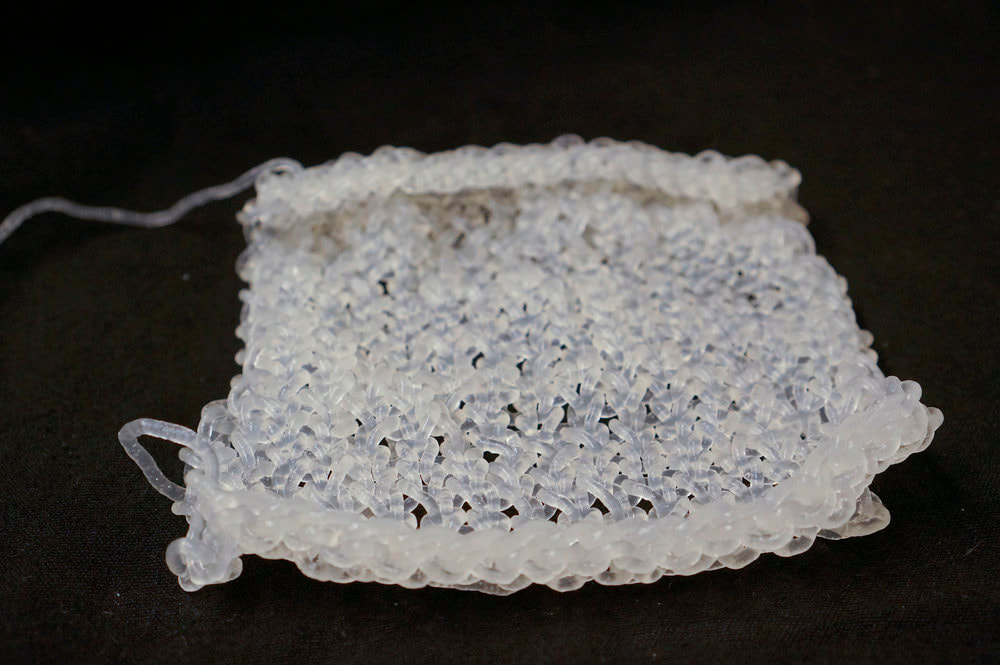 Materials made from kelp, by AlgiKnit Materials made from kelp, by AlgiKnit To finish, I have a radical idea: I personally think we don’t need more fashion designers, but we need more textile technologists! Innovation in textiles can reduce waste, use of resources, make our clothing have a great balance of function and form, and create solutions to differently-abled sections of our community, as well as close the gaps in access to clothing, footwear and apparel. Thoughts? Interested in understanding more about how technology can play a part in fashion's future? Check out this presentation I gave at Archidex 2019 titled Fashion, Transparency and the Future. Stay tuned for next week’s continuation of the series! Missed out on last week's post? Check it out here. Join us in our Slow Fashion movement with the hashtags #ConscientiousFashionista and #wardrobetruths on Instagram, and follow us at @fashinfidelity.
Tags: #researchanddevelopment #technology #fashiontechnology #techinfashion #sustainability #fashion #fashionsupplychain #supplychain #circularity #sustainablefashion #conscientiousfashionista #fastfashion #slowfashion #wardrobetruths #fashioneducation #fashion #fashinfidelity 7/5/2021 What's Eating Fashion Today? 4 Macrotrends and Industry Insights - Part 2: Radical TransparencyRead NowThis article is part of a series of deconstructing a massive global industry into areas for disruption on the road to #sustainability, by spotlighting 4 macrotrends in fashion's supply chain that we can tackle, right now. Part 2 of 4 Now that we’ve laid some groundwork on fashion’s supply chain management and agility to respond to a volatile market, let’s continue to highlight the other trends niggling at fashion today. 921 words; 4 min read. Problem no. 2: Radical transparencyOne of the things that often gets missed in the realm of fashion activism or ‘sustainable’ manufacturing is that nobody really mentions how their fibres are sourced and what processes goes into the making of the textiles a brand is using. There is a lot of information on the ‘type’ of fibres, its origins, who grows them, or if alternative feedstock is used, but at the end of the day fashion mostly skips the part where textiles are actually sourced and processed.
There is little visibility on the biggest (controllable) impact in fashion’s supply chain: Fibre Production and Manufacturing, normally referred to as Tier 3 & 4 suppliers. If you think about the news stories we’ve been fed on sustainable fashion, a lot of them stop at the cut-make-trim (CMT) factories, where women workers photographed behind rows of sewing machines often end up as poster girls of ‘opportunities’ in fashion. But before we even get to this stage, no one sees the textile factories. Textile manufacturing workers prepare natural and synthetic fibres for spinning into yarn and manufacture yarn into textile products that are used in clothing, in household goods, and for many industrial purposes. These textiles are chemically processed, washed, dyed, and finished. These are often back-breaking work, dirty, unpleasant and very much labour-intensive. Don’t get me wrong -- the welfare of workers behind sewing machines are important, and fashion has a lot to answer for in this regard. Consider your textile mill workers, too, however: most millhands go to work early in the day and labour for ten to twelve hours straight, amid deafening noise, choking dust and lint, and overwhelming heat and humidity. It was not uncommon during the Industrial Revolution that mills would employ whole families, including children. Children workers in mills are a thing of the past now, but the way textiles come together as fabric really hasn't changed very much. We know consumers have smartened up. It’s no longer enough to display a ‘list’ of Tier 1 suppliers, without really acknowledging the safety conditions of your workers, or their treatment and welfare, and what types of third-party certifications are associated with your business or suppliers to assure customers of your commitments. Consumers are entitled to know more, and really, this is only the beginning of being transparent about your supply chain. We still see textile mills around the world with not much industry regulation; still getting away with not treating wastewater on site prior to discharge into the environment, or dust- and lint-capturing systems, with poor personal protection standards for workers. The thing is, technologies on treating industrial washwaters and mitigating the impact of your workplace is already here. Hence, a very low-hanging fruit solution that fashion has to realise, now. One of the things that I am not very impressed about is that consumers have to do all the work of ‘understanding’ where fashion or apparel brands sit in the sustainability ‘spectrum’ -- instead of this sort of information being a standard. Did you know that there is no common language for sustainable fashion? No shared vocabulary among industry practitioners, therefore, no joint understanding of what being ‘sustainable’ actually is? No wonder consumers are confused! What if we had a label on our clothes that broke down their ‘ingredients’? Much like how you would have a breakdown of fats, sugars, carbohydrates and dietary fibres in your yoghurt, the same should go for your clothes. ‘Apparel footprinting’ should really be universal and standardised. When we purchase our clothes, after we’ve decided their size and fit are right, and the price range is within our budget, the next thing that would be equally as important is its footprint. This could be a label attached to the clothing. Chemicals used, water, energy, impact on climate, living wage paid, fair conditions, and the like. It’ll revolutionise the way people buy fashion, don’t you think? I think these solutions below could tackle radical transparency, and we can do them now.
We all know that fashion is not regulated, but as consumers are no longer complacent, fashion, textile and apparel should be ready to expect regulation and fines in the near future as governments catch up. One idea I’m really passionate about is a bottom-up approach of ‘cleaning up’ fashion. What if the above are driven by manufacturing facilities? The supply chain would be so much better, right? Not only that, but the power balance that almost always favours the brands could finally equalise and bring about better outcomes for production planning, worker welfare, and sustainability and the environment. Missed out on last week's post? Check it out here. Stay tuned for next week’s continuation of the series! Join us in our Slow Fashion movement with the hashtags #ConscientiousFashionista and #wardrobetruths on Instagram, and follow us at @fashinfidelity.
Tags: #radicaltransparency #sustainability #fashion #fashionsupplychain #supplychain #circularity #ethicalfashion #sustainablefashion #conscientiousfashionista #fastfashion #slowfashion #wardrobetruths #fashioneducation #fashion #fashinfidelity 4/5/2021 What's Eating Fashion Today? 4 Macrotrends and Industry Insights - Part 1: Demand VolatilityRead NowThis article is part of a series of deconstructing a massive global industry into areas for disruption on the road to #sustainability, by spotlighting 4 macrotrends in fashion's supply chain that we can tackle, right now. Part 1 of 4 1242 words; 6 min read. The fashion industry is huge. Like, HUGE huge. It has so many moving parts to it since the advent of current-day globalisation has let #fashion manufacture their clothes via a global assembly line. If you’re reading this blogpost then you would have some knowledge already about the origins of fast fashion and its predecessor--high-street fashion —but to recap, I’ll give you a quick history lesson. What does globalisation have to do with fashion?At its core, globalisation is the exchange of ideas, capital, and goods across the world, driven by technology. Ships ruled globalisation since the fifteenth century—think about the African slave trade, colonialism, and the intercontinental trade in sugar and coffee that made capitalism possible. After World War II, many nations looked to break down barriers of trade between nations, promote free trade, and set up global organisations. The Bretton Woods Conference in 1944 created the World Bank and the International Monetary Fund. But since the 1980’s, one powerful phenomenon has taken over the world: The Internet. Globalisation, then, in its current format, was largely the work of powerful multinational corporations (MNCs) that spanned all over the globe, together with mass media. Multinational giants have profoundly restructured the world economy, global culture, and our lives on an individual level, without us even realising it. Of course, there are both negative and positive consequences to globalisation, and fashion production, retail, marketing, and consumption are as much caught up in this web, along with other industries such as automotive, consumer electronics, and agriculture. Supply Chain Challenges and Opportunities in FashionThe problem with the fashion industry is that its supply chain is completely out of control. The biggest impact globalisation has had for MNCs in fashion is the internationalisation of supply chains, to capture cost efficiencies through outsourcing, alliances, and foreign direct investment. In instances of mass-market production manufacturing in developing world regions (typically associated with disposable fashion), having to maintain short lead times and low costs, especially in satisfying geographically diverse customers, has led to significantly reduced transparency in supply chains. We know now, that with increasing responsiveness about social and environmental justice across many developed and developing segments, this is problematic and will continue to be so, unless fashion completely rethinks its supply chain strategies.
The State of Fashion and Driver for SustainabilityWe live in a finite world, and like most industries in this linear economy we’ve found ourselves in, fashion has been consuming raw materials, producing goods that consumers need, and these products eventually find their way to landfill once they're disposed of. However, now comes the new paradigms: population growth and disposable fashion. (I say disposable fashion because the term accurately reflects the apparent quality of the garment, and because nowadays you can make a fashion item ‘fast’, but not necessarily from exploitative means. I’ll save that topic for another day.) And this is where I bring up the Water-Food-Energy Nexus. You must be familiar with the Sustainable Development Goals, yes? If you remember, the first goal aims for Zero Poverty, the second for Zero Hunger, the third for Good Health and Wellbeing...... and the list goes on. In terms of priority actions, I feel the top three pretty much sums up what’s truly important in the world, so going back to the water-food-energy nexus: do we use water, land, and minerals to grow food, provide clean water and shelter, and generate energy, or make clothes, shoes, and accessories? Today’s linear clothing system has damaging effects on society and the environment. I quite like to remind fellow readers of this four-part categorisation of fashion’s supply chain as summarised very neatly by the Ellen Macarthur Foundation.
What’s eating fashion today You know what’s hard? Trudging through the web of the internet to read a whole heap of reports, reports, and more reports to understand key issues for sustainability throughout the *whole* of fashion’s supply chain. You know what’s easy, though? Reading this article, because I have actually done this, and I have managed to sum up fashion’s greatest challenges and opportunities. Herewith I present to you four macrotrends that are eating fashion. 1. Demand volatility 2. Radical transparency 3. Technology and R&D 4. Purchasing Model
|
Details
�
#FashionEducationAdding substance to the Conscious Fashion chatter. Archives
April 2024
Categories
All
Resources
Read more.. |
||||||||||||||||||||||||
Acknowledgement of Country
FASHINFIDELITY acknowledges First Australian peoples as the Traditional Custodians of this country (known as Australia) and their continued connection to land, sea, and culture. FASHINFIDELITY pays their respects to the resilience and strength of Ancestors and Elders past, present, and emerging and extends that respect to all First Australian peoples. FASHINFIDELITY is brought to you from the traditional lands of the Wurundjeri Woi Wurrung and Bunurong peoples of the Kulin Nation.
FASHINFIDELITY acknowledges First Australian peoples as the Traditional Custodians of this country (known as Australia) and their continued connection to land, sea, and culture. FASHINFIDELITY pays their respects to the resilience and strength of Ancestors and Elders past, present, and emerging and extends that respect to all First Australian peoples. FASHINFIDELITY is brought to you from the traditional lands of the Wurundjeri Woi Wurrung and Bunurong peoples of the Kulin Nation.

